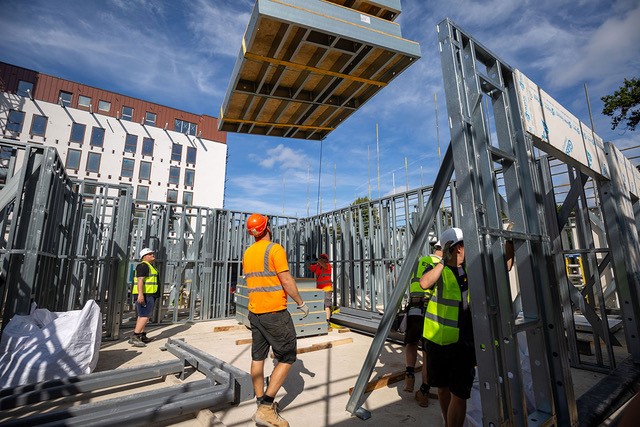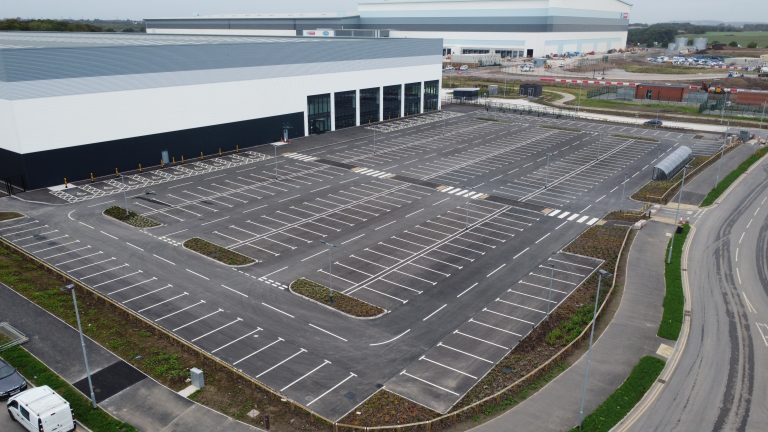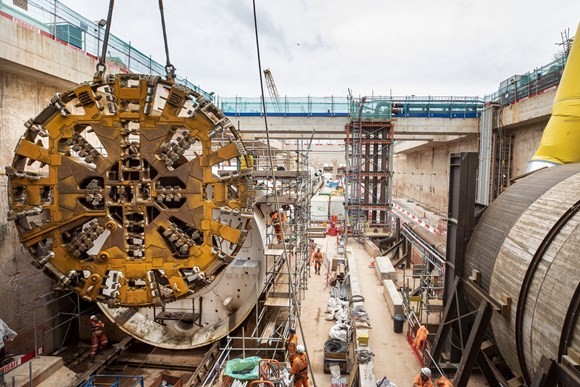Whilst large swathes of the UK construction industry continue to demonstrate a ‘head in the sand’ attitude by failing to adopt more performance and energy efficient ways of building, surely now it’s only a matter of time before they radically rethink things. Enter the recent changes to the all-important Part L of the building regulations. Having come into force in June of last year, the period for compliance is now firmly behind us, with the overall industry heading beyond what is an interim step to more stringent legislation that will come under the Future Homes Standards in 2025. Based against a background that provides a further uplift to existing energy efficient standards and carbon emissions for homes, the new regulations apply to anyone involved in designing, constructing or renovating buildings in England, including architects, builders, developers, engineers, and other building professionals. Whilst the latest Part L updates precede all new homes having to be produced with 75% – 80% fewer emissions from 2025, let’s first look at what is required to comply with the new measures, which include a mandate for new energy efficiency targets and alterations to assessment methodology. Part L Update – The Key Components Separated into four volumes to include new dwellings, existing dwellings, new buildings other than dwellings, and existing buildings other than dwellings, a fabric-first approach features strongly in the latest updates. This is not surprising given that this has long been considered a cost-effective way of saving carbon and delivering energy efficiency over the whole life of a building. Key considerations here centre on construction techniques that deliver maximising airtightness, optimising insulation and eliminating thermal bridging. Obviously using more energy-efficient walls, floors, windows and roofs can help reduce the dependence on secondary technologies and their associated energy costs. And what about all-important U-values? These are the main changes that need to be met under the Part L regulations: Who Will Be Impacted By The Changes? Obviously the new standards need to be considered from the very early design stages to ensure compliance. And whilst architects will need to work closely at overall building design efficiency, it is traditional builders that will feel the biggest force of the change through the need to adapt to newer energy-efficient designs, materials and construction methods. In essence, they must ensure that the building envelope is well insulated to reduce heat loss and minimise thermal bridging. This is likely to necessitate the use of thicker insulation materials and the introduction of more adequate airtightness measures, such as vapour barriers, tapes and sealants. As for other trades, then plumbers and HVAC technicians will be looking to install more efficient heating and ventilation systems and increase the use of renewable energy sources such as solar, thermal or heat pumps, whilst electricians will focus on more efficient lighting systems that minimise unnecessary energy use. They will also be increasingly involved in installing renewable energy sources such as PV panels and wind turbines. Other Key Compliant Considerations Whilst all elements of the regulations need consideration, understanding and planning that starts at the design stage, builders and developers also need to keep detailed records of the materials and systems used in construction, along with step-by-step photographic evidence. Failure to do so may result in potential rework, build delays, and possible financial penalties. The Solution Obviously reducing the carbon footprint and maximising the energy efficiency of any building is a task for everyone. So it will be imperative that those in the industry work collaboratively to ensure the necessary measures are implemented and complied with effectively. Indeed the overriding solution is not new! It’s not about reinventing the wheel but encouraging builders and contractors to adopt new ways and means of building using proven off-site and MMC system solutions such as those provided by the likes of Excel Group. Whilst many builders still see MMC and off-site building as purely timber frame, this couldn’t be further from the case. The focus should be on the specific needs of the project and this is where the Excel approach differentiates themselves in the marketplace. Standing as a specialist sub-contractor and having developed relationships with dedicated and sustainable supply chain partners across a range of component manufacturing disciplines, on offer is a range of off-site solutions (SIPs, timber frame, CLT and light gauge steel). After all, one size doesn’t fit all! In support of each solution, Excel has engaged software from industry specialists, FONN that captures all relevant details, dates and time steps making Part L assessment easier, while providing full transparency to the ERC assessor and end user. FONN also provides the opportunity for highly efficient project management workflows benefiting all project stakeholders. In addition, Excel Group operates a proven window and door business in partnership with leading global brands to offer a complete sustainable glazing solution – either stand alone or as part of an offsite structural package. Further expansion into SFS infill and external cladding systems has also facilitated the offer of bespoke packages for customers, developers and contractors to suit specific needs. So for any builders or contractors unsure, sceptical or lack the confidence and knowledge to embrace MMC and all that off-site construction has to offer, Excel can provide an initial system agnostic consultative discussion that serves to build trust on the basis that it is never going to be a single solution offering. Surely adopting building solutions that already exceed the requirements of Part L makes sense, as is the case with many of today’s off-site construction solutions? And for those who remain uncertain, then the further profound implications that Future Homes Standards of 2025 are set to bring, must be an eye-opener and catalyst to start considering other, more sustainable ways of doing things. Building, Design & Construction Magazine | The Choice of Industry Professionals














